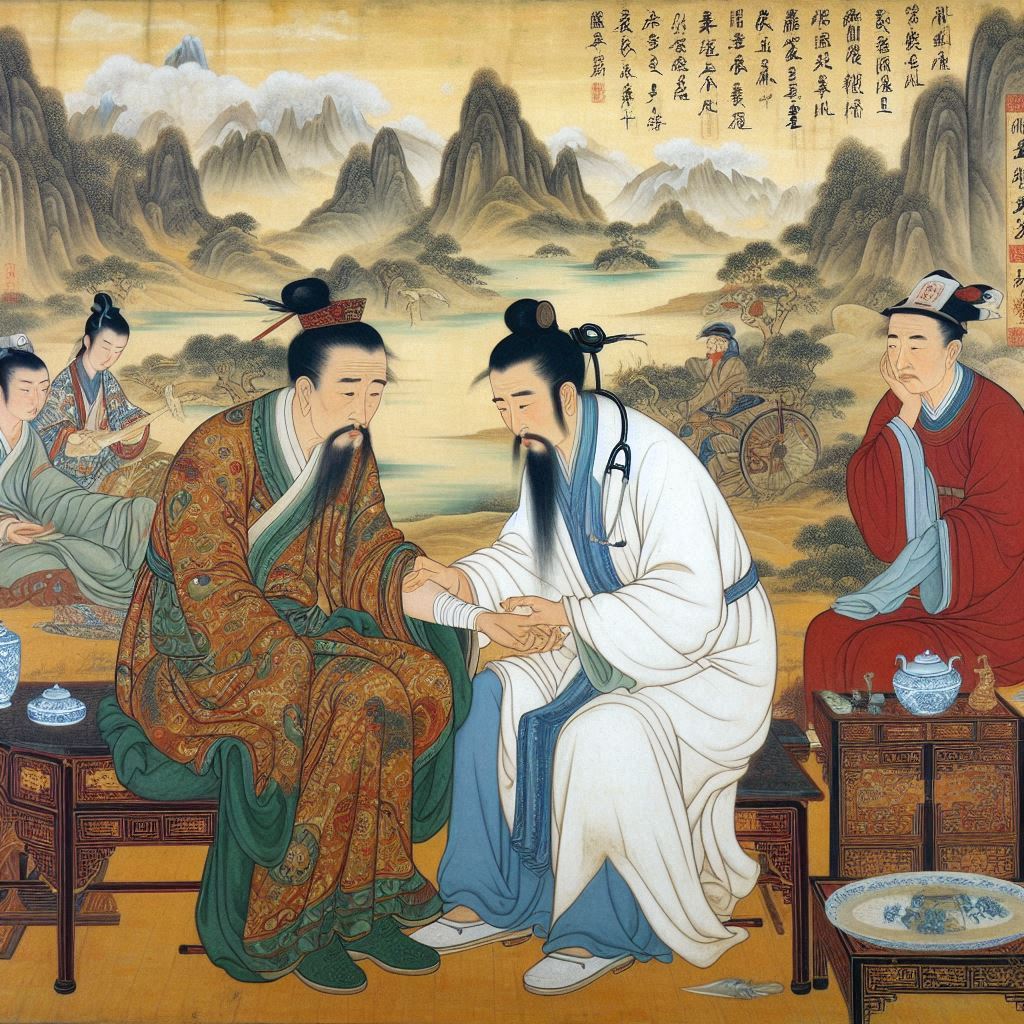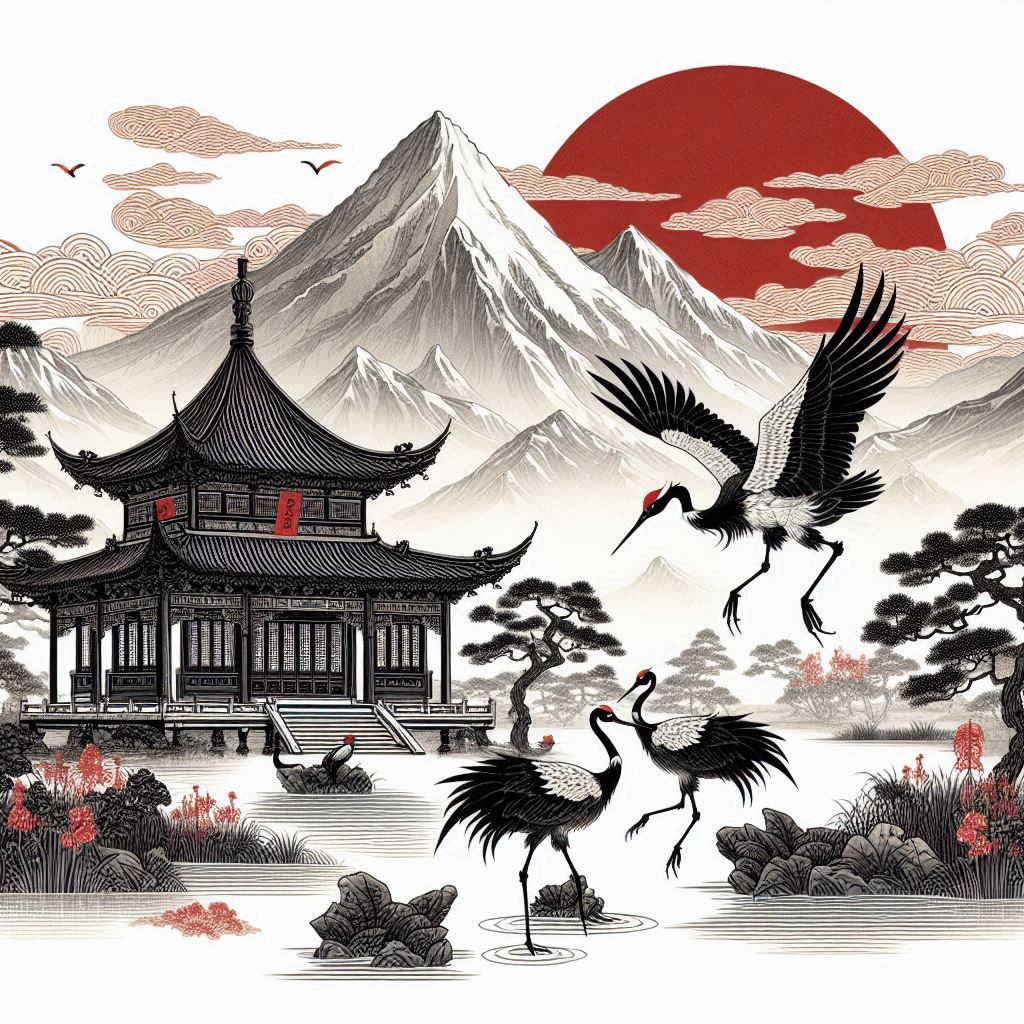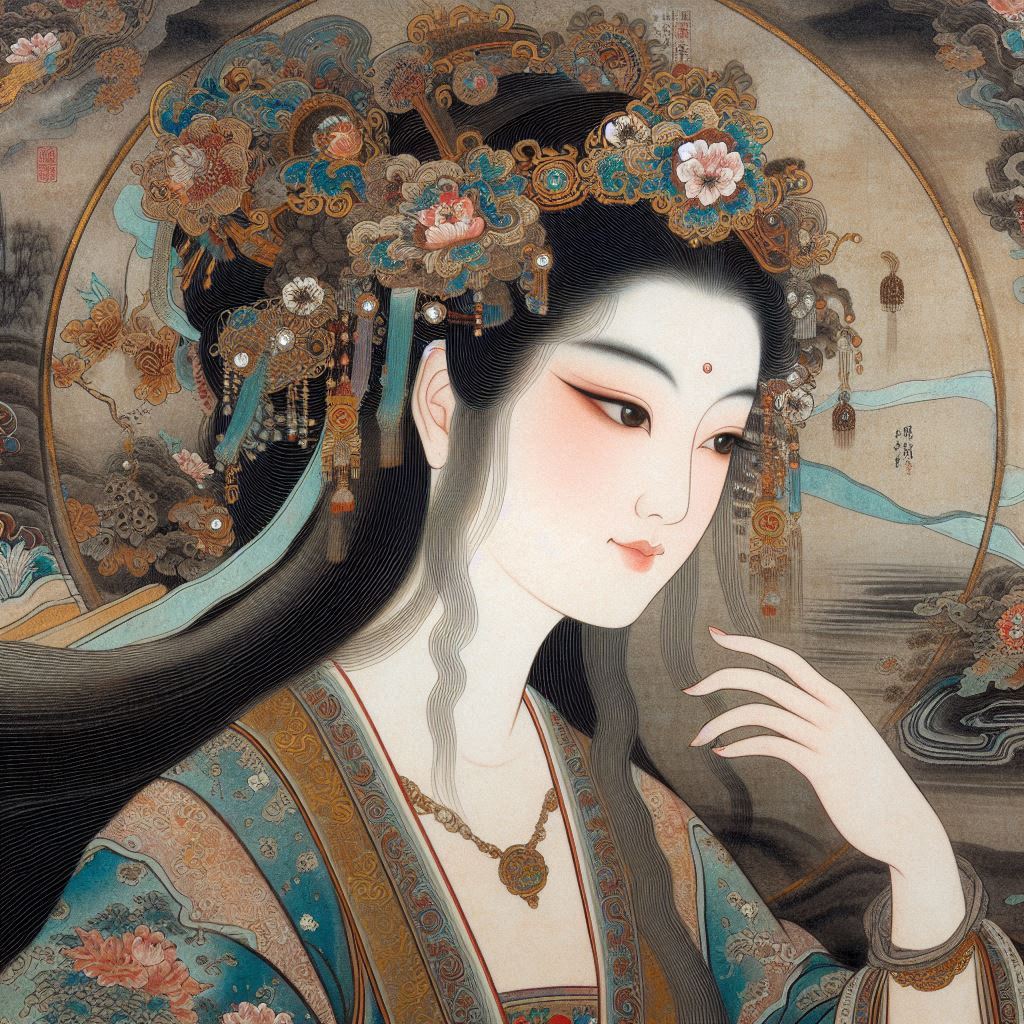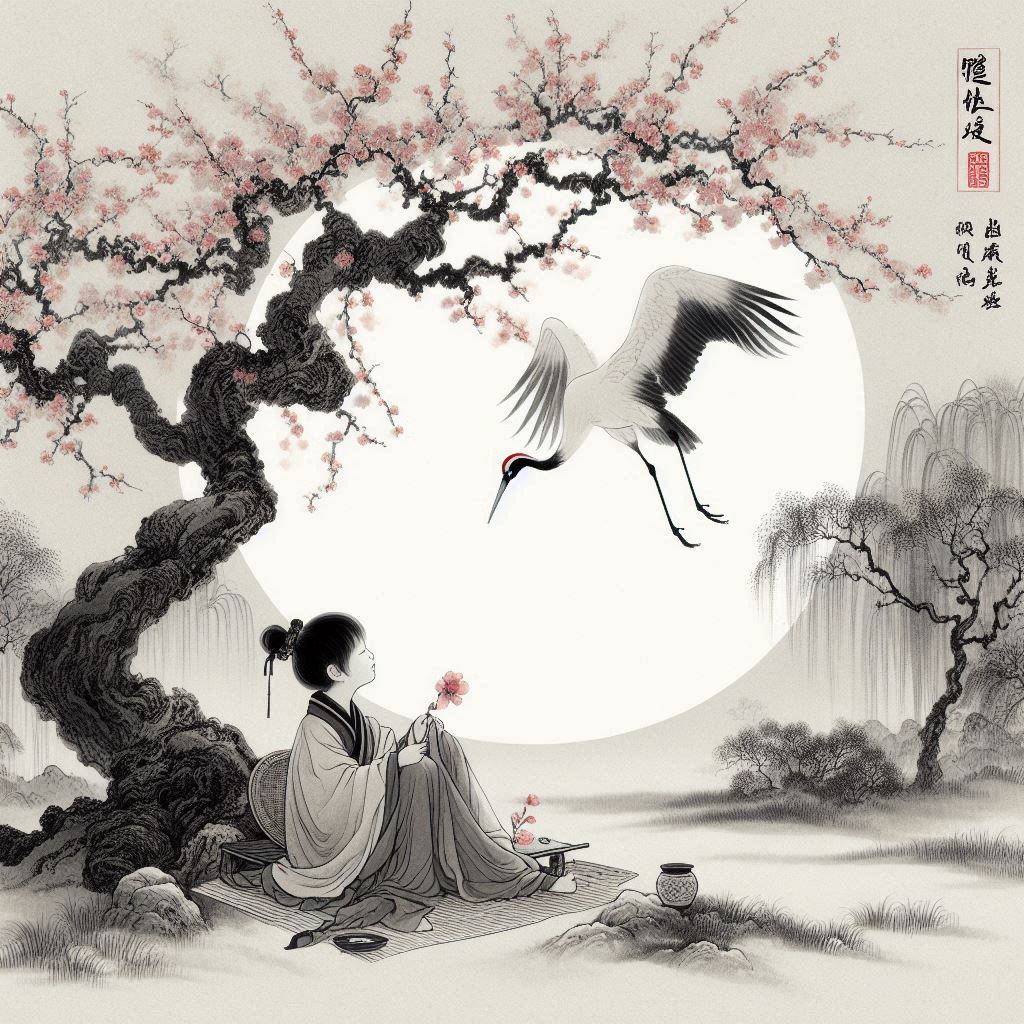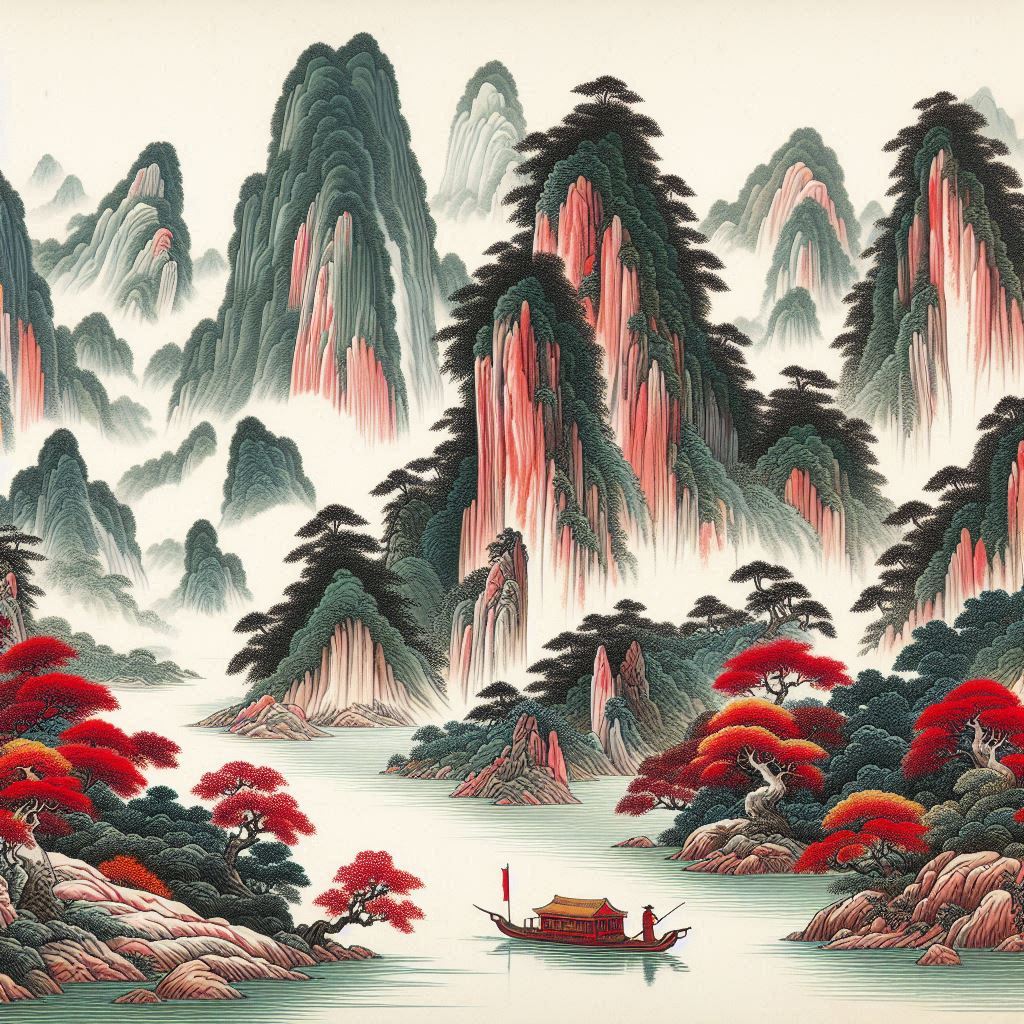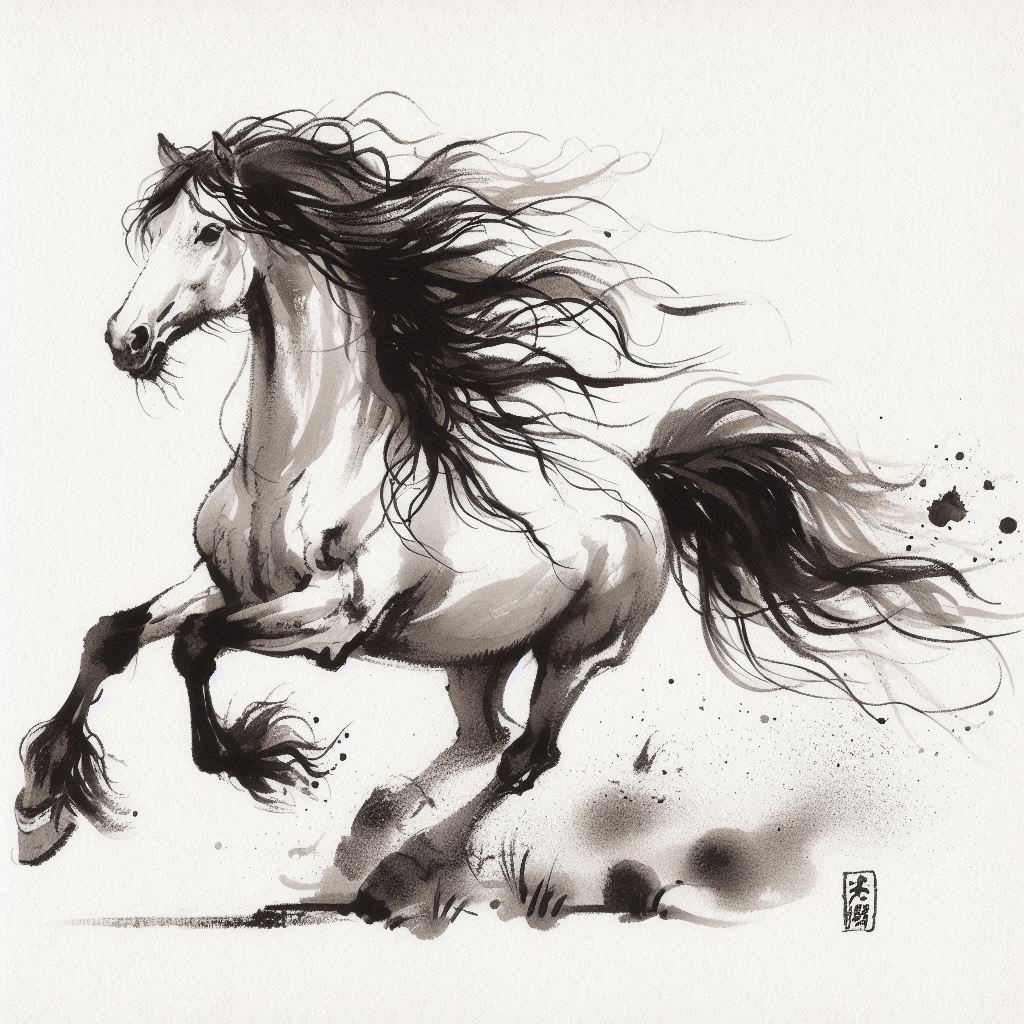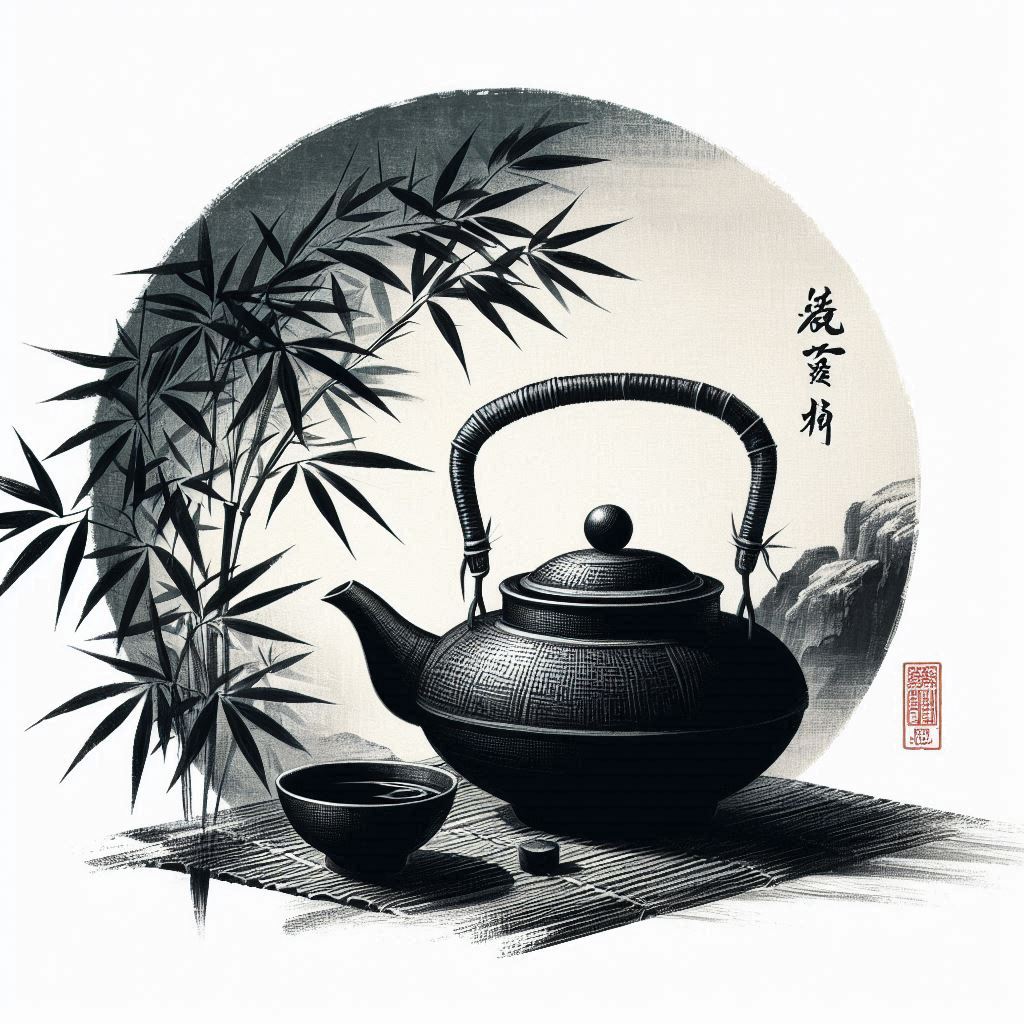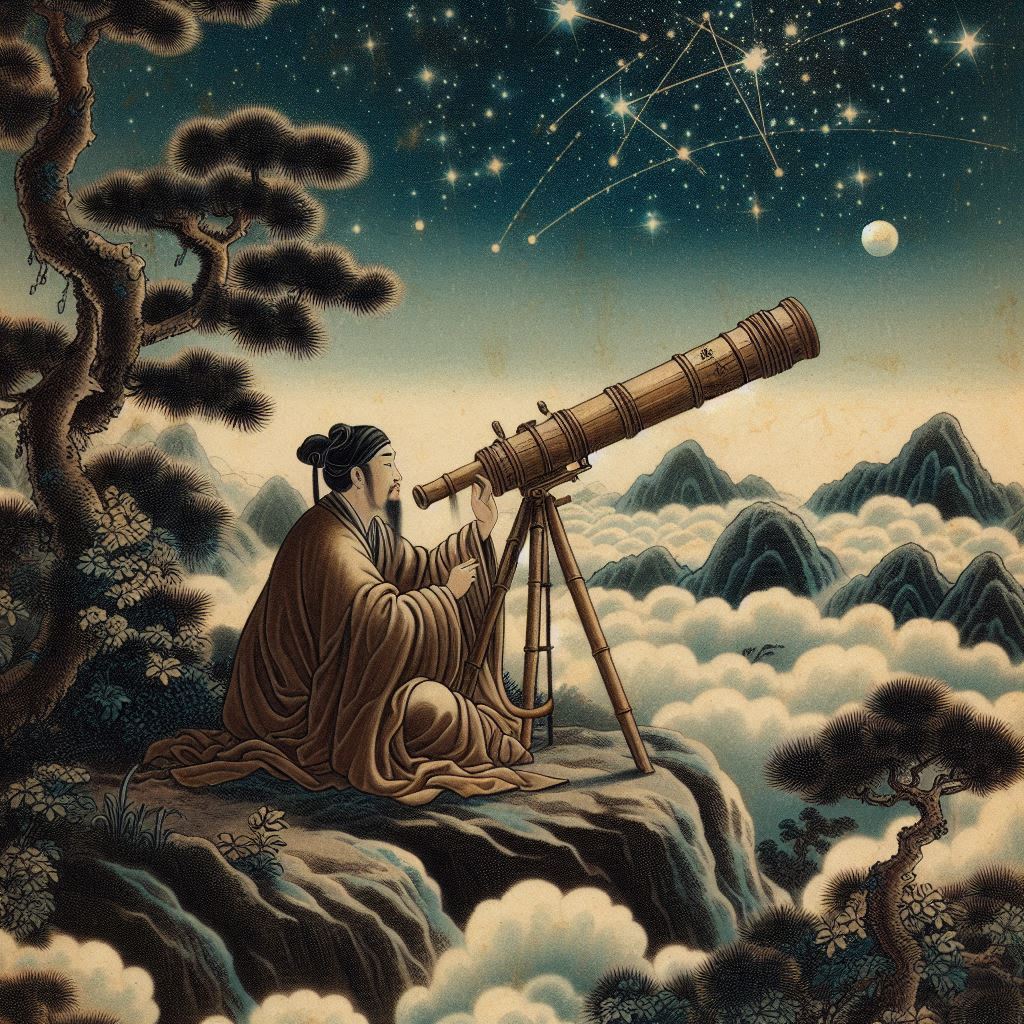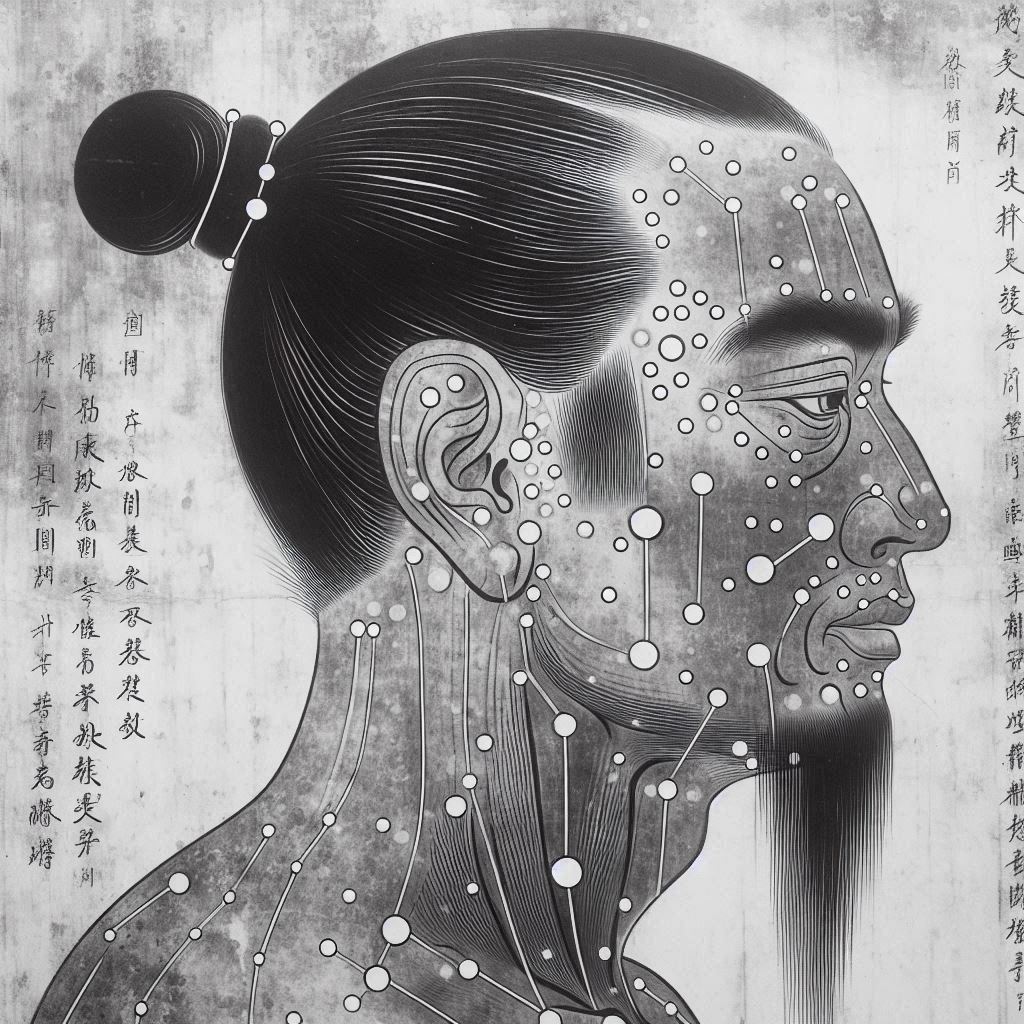Introduction to the disharmony
Major symptoms:
- cough
- chest oppression
- shortness of breath
- cold-phlegm symptoms - cough with profuse white sputum, which is easy to expectorate
- hot-phlegm symptoms - barking cough with yellow or green phlegm that is difficult to expectorate, asthma
- phlegm obstructing the meridians - scrofula, goiter
- phlegm in the Stomach symptoms - feeling of oppression in the epigastrium, mucus in the stools
- phlegm in the Heart symptoms - mental confusion, mental illness
"Phlegm" is a disharmony that usually originates in the Spleen.
One of the functions of the Spleen in traditional Chinese medicine is to govern the water metabolism. It is in charge of the separation, transportation, and movement of fluids. If the Spleen is deficient it cannot sufficiently transport fluids, which eventually will lead to accumulation of "dampness" or "internal dampness”(1).
In Five Elements Theory the Spleen is element Earth and the Lung is element Metal. In nature metal is contained in earth thus Earth element “generates” Metal element. Since the Spleen is Earth and the Lung is Metal the Spleen is in a “generating relationship” with the Lung. This means that if the Spleen is chronically imbalanced the Lung will become imbalanced as well.
As the Spleen and the Lung are in a “generating relationship” lasting "dampness in the Spleen" will eventually transfer to the Lung with its main manifestation being "phlegm in the Lung".
There are two types of phlegm – "cold phlegm" and "hot phlegm". Beside Spleen dampness "cold phlegm" can be caused also from over-consumption of greasy and "cold foods" (foods consumed straight out of the refrigerator and all raw foods). "Hot phlegm" respectively is caused by over-consumption of greasy and "hot foods" (hot-spicy foods, alcohol).
Phlegm is heavy and obstructive in nature. Whether the phlegm is “cold” or “hot” there is chest oppression(2)(3) and shortness of breath(2). The major symptom for “phlegm in the Lung” is cough(2)(3) as the Lung is trying to expectorate the phlegm. In the cases of “cold phlegm” the phlegm is more liquid and the cough is accompanied by profuse white sputum(2)(3), which is easy to expectorate(1). As the phlegm is profuse lying down may worsen the condition(2)(4).
In the cases of “hot phlegm” the heat has thickened the phlegm turning it yellow(3) or green(2)(3). The cough is profound with a “barking” quality(2). A typical hot-phlegm illness is asthma(2).
Herbs that transform phlegm are expectorants and Lung stimulants(5). As the Spleen is the originator of “phlegm in the Lung” many herbs that transform “dampness in the Spleen” and strengthen the Spleen are added to herbal formulas that address the underlying pattern.
Phlegm can also manifest in other organs. When in the Stomach it causes feeling of oppression in the epigastrium(2)(5) and mucus in the stools(1); in the Heart it causes mental confusion or mental illness(2)(4) (in TCM the Heart houses the Mind).
Phlegm can also obstruct the meridians. In this case there can be conditions such as scrofula(5) and goiter(3)(5), as the phlegm has blocked the channels and has caused enlargement/swelling.
Major Chinese herbs
Herbs that treat “hot phlegm” are cold and drying in nature. Cold herbs are found in the seas and oceans, as water is cold in nature thus big part of the flora and fauna living in the seas and oceans will also have cold nature. In this class of herbs there are several ocean substances used to address “hot phlegm”. Hai Ge Ke (Concha Cyclinae Sinesis) – clam shell, Kun Bu (Thallus Algae) – kelp, and Hai Zao (Herba Sargassii) – seaweed, all dissipate phlegm nodules due to phlegm-heat and are also used for goiter and scrofula. Pang Da Hai (Sterculia scaphigera) – a tropical nut with the name “fat big sea” - benefits sore throat and is a major herb for hoarse voice(5).
Dried bamboo sap, bamboo shavings and tabasheer secretions of bamboo (Zhu Li, Zhu Ru, Tian Zhu Huang) are three herbs from one plant that also clear and transform phlegm-heat. Trichosanthes fruit, seeds and root (Gua Lou, Gua Lou Ren, Tian Hua Fen) are another example of different herbs from one plant. They address phlegm-heat and benefit the chest(5).
Herbs that transform “cold-phlegm” are warm and drying in nature. Jie Geng (Radix Platycodi) is an important herb that besides transforming phlegm-cold and benefiting cough(5)(6) has the property to direct other herbs upward. It is used in herbal formulas to help direct the other ingredients to the upper part of the body. Ban Xia – (Rhizoma Pinelliae Ternatae) is a warm herb that is useful for productive cough with copious phlegm(5). The name of the herb is translated as "middle summer" as this is the time that it grows. It is toxic in its raw form but when decocted its toxicity is reduced(5)(6).
White is the color that benefits the Lung. Foods, herbs and spices with white color have healing effect on the Lung. Three herbs with the color “white” in their names used for the treatment of phlegm-cold in the Lung are Bai Fu Zi (Rhizoma Typhonii Gigantei), Bai Qian (Radix et Rhizoma Cynanchi Baiqian) and Bai Jie Zi (Semen Sinapis Albae)(5).
Healing Foods
To unlock the rest of this article select "Yes, I want to learn!" below.
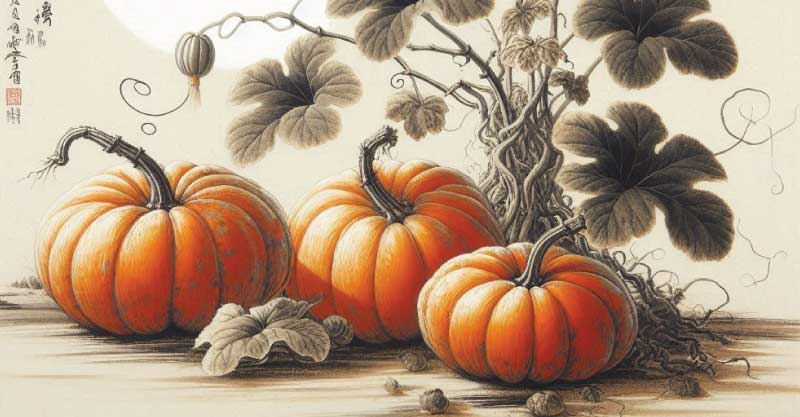
Food therapy is the most economical and non-toxic biochemical approach to health and disease. Food is something we continuously use to sustain our lives. Learning what foods are healing (and what disruptive) for each condition has the potential to convert every meal into a form of therapy.
YS
1) Zhang, Enqin (1990). Basic Theory of Traditional Chinese Medicine. Shanghai: Publishing House of Shanghai College of Traditional Chinese Medicine
(2) Maciocia, Giovanni (1989). The Foundations of Chinese Medicine. Edinburgh: Harcourt Publishers Limited
(3) Deng Liangye, Gan Yijun, He Shuhui, Ji Xiaoping, Li Yang, Wang Rufen, Wang Wenjing, Wang Xuetai, Xu Hengze, Xue Xuiling, Yuan Jiuling (1987). Chinese Acupuncture and Moxibustion. China: Foreign Languages Press
(4) Yang Weiyi, Meng Fanyi, Jiang Yuanan(2002). Diagnostics of Traditional Chinese Medicine. Beijing: Beijing University of Chinese Medicine and Pharmacology
(5) Benski, Dan & Gamble, Andrew (1993). Materia Medica, Revised Edition. Seatle: Eastland Press, Incorporated
(6) Lu, Henry (2005). Chinese Natural Cures. New York: Black Dog & Leventhal Publishers, Inc.
(7) Pitchford, Paul (2002). Healing with Whole Foods. Berkeley: North Atlantic Books
(8) Holmes, Peter (1998). The Energetics of Western Herbs. Boulder: Snow Lotus Press, Inc.
Related Articles:
The Spleen in Chinese Medicine
Note: This site and its services are to consumer educational use only. Nothing contained in this site is or should be considered, or used as a substitute for medical advice, diagnosis or treatment. We advise users to always seek the advice of a physician or other qualified professional with any questions regarding personal health and medical condition. Please read our Disclaimer

